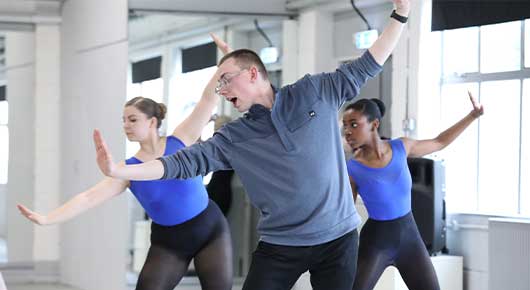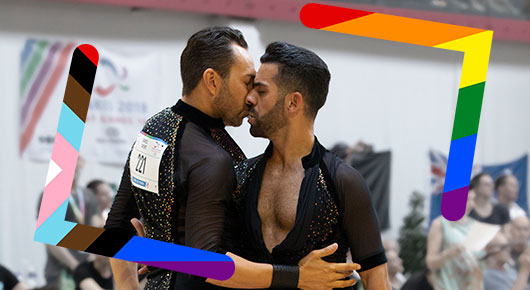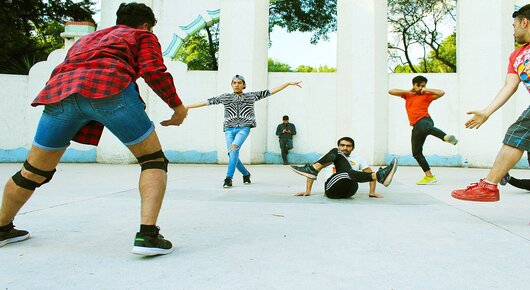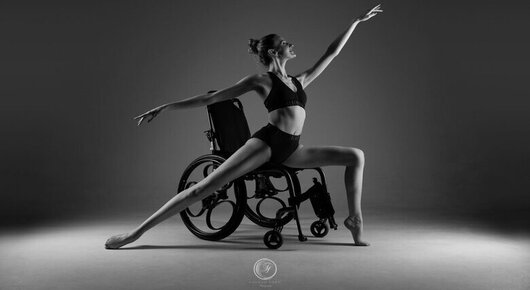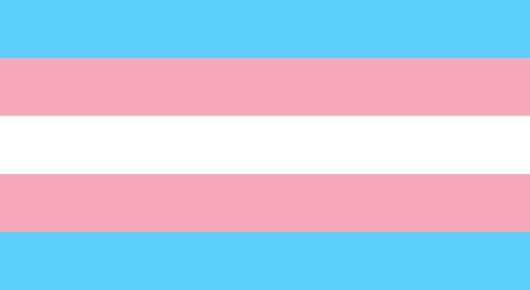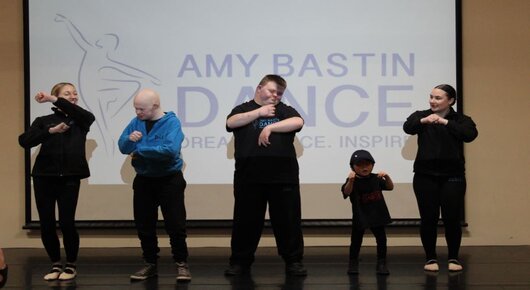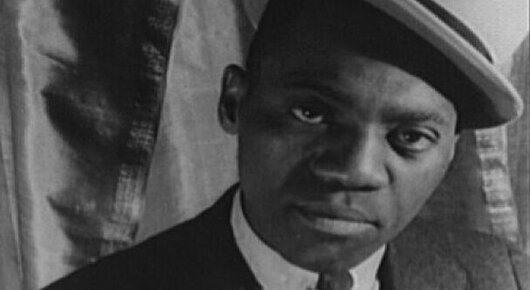15 March 2023
Dancer and ISTD member Emma Jones, aged 19, was diagnosed with autism in September 2022. Only aware of the fact she could have autism six months prior to her diagnosis, Emma had difficulty with anxiety and social interactions.
We spoke to Emma to discuss her journey to diagnosis and how it has impacted her dance journey.
“I have a real passion for helping students to realise and achieve their full potential and to encourage inclusivity and accessibility.
I started ballet at age three, modern and tap aged 5, and have taken exams up to vocational levels. I have been a qualified teacher of acrobatic arts for four years, and I am currently studying at Chichester College for DDE ballet, tap, and modern.”
What was your journey to a diagnosis like?
“There was a three-year NHS waiting list to get a diagnosis and I didn’t have that time to wait, needing some accommodations in education. Therefore, I went private, which was a very positive experience for me. In the time leading up to and after receiving my diagnosis, it was a journey of learning about autism, busting the myths, acceptance, and understanding myself more.”
“The structure of a ballet class means I know what to expect.”
How would you say autism has affected your practice as a dancer?
“Dance is a special interest of mine and allows me to be part of a community with others who also share a love of dance. The classes provide regulation and a safe space to progress and thrive. For example, the structure of a ballet class means I know what to expect.
I want to learn and I am hard-working and committed, maintaining my routine by regularly attending dance practice. I have a detailed approach to dancing, and therefore may have more questions than some of my peers, but I have a deeper understanding and knowledge being someone others can rely on to remember settings week to week.
“I may find verbal communication harder sometimes but dance has taught me how to express myself”
Dance is a form of expression. I may find verbal communication harder sometimes but dance has taught me how to express myself, by understanding others' body language and facial expressions. Dance movement therapy has also helped me to grow as a person, become more confident, to accept myself as an autistic dancer, and see how I can be a valuable teacher.”

Useful resources
These useful websites are useful tools for those with autism, or for those who work with neurodivergent students:
